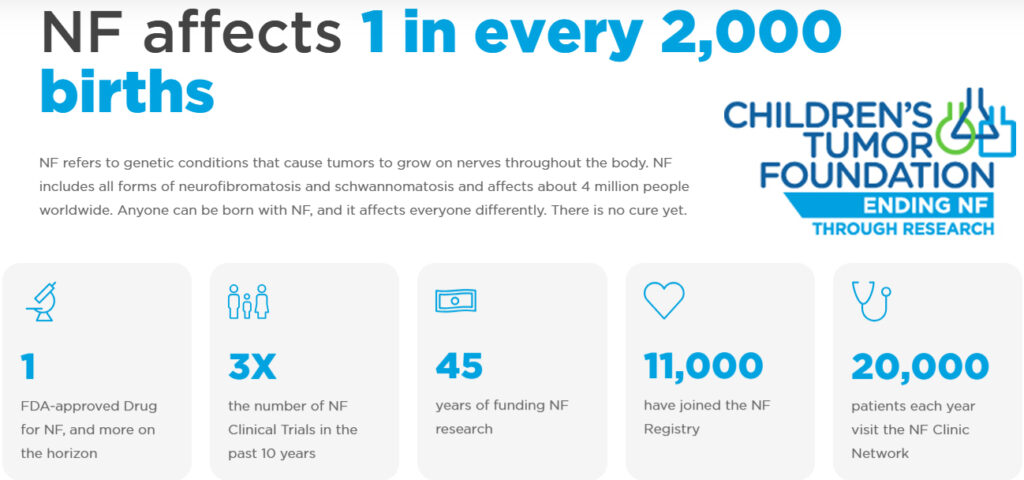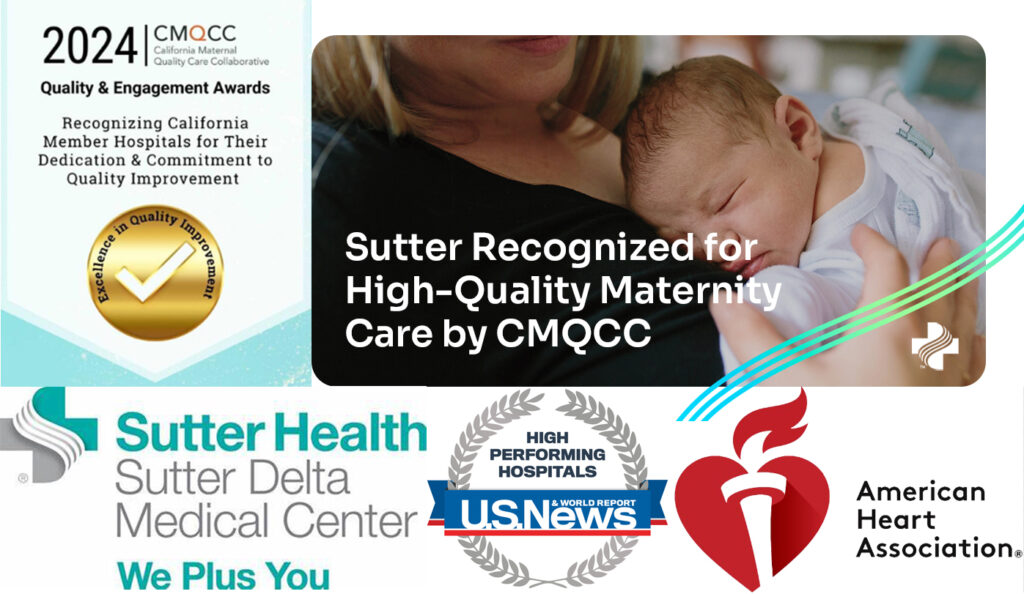Antioch Kaiser recognized for providing high-quality care for heart, stroke patients
Saturday, August 10th, 2024
Among 20 Kaiser Nor Cal hospitals to receive American Heart Association’s Get With The Guidelines®– Heart Failure and Stroke Gold Plus awards
KP clinicians and staff work together to deliver excellent cardiac and stroke care using evidence-based treatment protocols rooted in high-quality scientific research
By Kerri Leedy, Media and Public Relations Manager, Kaiser Permanente
OAKLAND, Calif. – Kaiser Permanente Northern California hospitals are being recognized by the American Heart Association (AHA) for following nationally recognized, research-based guidelines when diagnosing and treating heart failure and stroke patients, leading to more lives saved.
The following Kaiser Permanente Northern California hospitals have received both the AHA Get With The Guidelines®– Heart Failure and the Get With The Guidelines®– Stroke Gold Plus awards: Antioch, Richmond, Walnut Creek, Fremont, Fresno, Modesto, Oakland, Redwood City, Roseville, Sacramento, San Francisco, San Jose, San Leandro, San Rafael, Santa Clara, Santa Rosa, South Sacramento, South San Francisco, Vacaville and Vallejo. Kaiser Permanente Manteca received the Get With The Guidelines®– Stroke Silver Plus award.
Every 40 seconds, someone in the United States has a stroke or heart attack, and heart disease and stroke are the leading and fifth-leading causes of death in the country, respectively. This national recognition from the AHA reflects Kaiser Permanente Northern California’s commitment to providing high-quality heart and stroke care, ultimately leading to more lives saved, shorter recovery times, and fewer hospital readmissions.
“This recognition is a tribute to our physicians, cardiac specialists, and care teams, who are dedicated to delivering high-quality, comprehensive cardiac care and treatment to their patients,” said Maria Ansari, MD, FACC, CEO and executive director of The Permanente Medical Group. “As a result, we are widely recognized for consistently delivering nation-leading clinical outcomes that enable our members and patients to live healthier and longer lives.”
Kaiser Permanente Northern California cardiac care specialists treat a broad range of heart conditions, frequently performing life-saving procedures. Using a team-based approach to care, Kaiser Permanente’s connected system enables our cardiologists to share knowledge across locations and specialties. In our communities, Kaiser Permanente members are 33% less likely to experience premature death due to heart disease, according to a 2022 research study.
Kaiser Permanente Northern California is also a leader in stroke care, and our integrated model of care supports close affiliation between our stroke care clinicians and cardiac researchers and specialists.
“The comprehensive cardiac and stroke care and support we provide is leading to better health outcomes for our members and patients,” said Carrie Owen Plietz, FACHE, president of Kaiser Permanente’s Northern California region. “This recognition shows how we use our integrated care model to make sure patients get the care they need so they can recover faster, be healthier, and live longer.”
The Get With The Guidelines®– Heart Failure award is earned by meeting specific quality achievement measures for the diagnosis and treatment of heart failure patients at a set level for a designated period. These measures include evaluation of the proper use of medications and aggressive risk-reduction therapies. Before discharge, patients should also receive education on managing their heart failure and overall health, get a follow-up visit scheduled, as well as other care transition interventions.
The Get With The Guidelines®– Stroke award is earned by meeting specific quality achievement measures for the diagnosis and treatment of stroke patients at a set level for a designated period. These measures include evaluation of the proper use of medications and other stroke treatments aligned with the most up-to-date, evidence-based guidelines with the goal of speeding recovery and reducing death and disability for stroke patients. Before discharge, patients should also receive education on managing their health, get a follow-up visit scheduled, as well as other care transition interventions.
About Kaiser Permanente
Kaiser Permanente is committed to helping shape the future of health care. We are recognized as one of America’s leading health care providers and not-for-profit health plans. Founded in 1945, Kaiser Permanente has a mission to provide high-quality, affordable health care services and to improve the health of our members and the communities we serve. We currently serve nearly 12.6 million members in 8 states and the District of Columbia. Care for members and patients is focused on their total health and guided by their personal Permanente Medical Group physicians, specialists, and team of caregivers. Our expert and caring medical teams are empowered and supported by industry-leading technology advances and tools for health promotion, disease prevention, state-of-the-art care delivery, and world-class chronic disease management. Kaiser Permanente is dedicated to care innovations, clinical research, health education, and the support of community health. For more information, go to about.kp.org.
About Get With The Guidelines®
Get With The Guidelines® is the American Heart Association/American Stroke Association’s hospital-based quality improvement program that provides hospitals with the latest research-based guidelines. Developed with the goal of saving lives and hastening recovery, Get With The Guidelines has touched the lives of more than 12 million patients since 2001. For more information, visit heart.org.
































